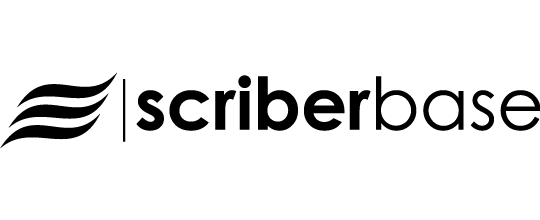Some legacy companies have pivoted from one-time purchase models, to recurring subscriptions, especially in the realm of software-as-a-service, or SaaS. Microsoft is growing its subscription-based Office 365 offering for small businesses. LinkedIn, now owned by Microsoft, has focused heavily on its monthly subscription offerings, like Premium, Sales Navigator, and Recruiter Lite. Most notably, in 2013 Adobe Systems stopped selling licences to its Creative Suite software (Photoshop, InDesign, etc.) in a bid to move everything to a $50-per-month Creative Cloud subscription plan.
Adobe’s move looked risky at the outset, but is a perfect illustration of a successful rethinking of its business model. Executives were unsure about how subscription would work in place of traditional perpetual-licence sales, and skeptics figured profit margins would take a hit, since prices on Creative Suite products were high. While a small percentage of customers rebelled against the shift into cloud-based rentals, customer enthusiasm for the new Creative Cloud offering led the company to quickly move into subscriptions. Customers benefitted from a lower entry price point, and Adobe saw a steadier stream of income from recurring revenue rather than the typical peaks and valleys associated with continuing to rely on client software upgrades to hit sales targets. As a result, the software giant’s revenue crossed $7 billion in 2017, up from $4 billion in 2013, with about 80 percent of that coming from subscriptions.7
Growth in the subscription space is everywhere, from SaaS (software-as-a-service), to retail, to e-commerce. Sephora, Walmart, Dunkin’ Donuts, Under Armour, and Gillette have launched their own subscription programs. Sephora’s subscription beauty sample box, Play!, as well as Walmart’s Beauty Box, are both efforts to establish a more connected customer experience in the cosmetics space. With a Regular Refills subscription, caffeine addicts can opt-in to receive their favorite Dunkin’ Donuts coffee products delivered at their preferred frequency. The Armour Box by Under Armour, gives athletes a personalized box of UA gear every 30 to 60 or 90 days. Gillette was famously late to the men’s grooming subscription space but launched its On Demand subscription service in 2017 in an attempt to compete with Harry’s and Dollar Shave Club.
Even industries such as manufacturing or automotive, are building subscription businesses. HP Instant Ink, from Hewlett Packard, is an auto-refill ink cartridge replacement service. Printers linked to the subscription program send ink-level information to HP; subsequent refills are automatically shipped. Legacy car companies are also getting into the game, by testing offers in specific markets that allow customers to forego ownership and leases for the option to subscribe to a program, without the hassles of insurance or maintenance. Audi and Porsche both have new subscription-based services granting customers access to a fleet of cars for a set monthly fee. The Audi service is called Audi Select, which, for $1,395, gives subscribers the choice of a range of vehicles, including the Audi A4 sedan, A5 Cabriolet, Audi Q5 and Audi Q7 SUVs, and S5 Coupe. The subscription includes two vehicle swaps per month. The Porsche Passport program allows unlimited vehicle swaps on the Cayenne and other models. And while these types of programs might seem novel, expect more automobile manufacturers to follow suit. In February of 2020, Nissan launched a subscription test allowing those who subscribe to switch from Frontier to Maxima to 370Z for about $700/ month. The program is only available in Houston (for now).
Transformations are happening across the board, both big and small, not only through subscription innovation, but courtesy of several big acquisitions like Nordstrom’s $350 million swallow of Trunk Club in 2014, Albertson’s $200 million-plus 2017 deal for meal-kit company Plated, and Unilever’s $1 billion purchase of Dollar Shave Club in 2016.



